
Chen Heng, currently working at the Shenzhen Institutes of Advanced Technology, is 26 years old with over three years of experience in the electrical industry. Now, he serves as an electrical engineer in the R&D department of the "Shenzhen Major Scientific Infrastructure for Synthetic Biology" project (hereafter referred to as "Synthetic Biology Infrastructure").
Only three years after graduating from a vocational college, how did Chen Heng become an engineer at Shenzhen's top research institution? Join us on this electrifying journey of this "Guangdong technician".
An accidental electric shock sparked his "destiny" with electricity.
Chen Heng said, "If you do well in the electrical industry, you'll do it for a lifetime; if not, you'll do it briefly.”
His passion and in-depth exploration of electricity started with an unexpected electric shock. As Chen recalls, he got an electric shock as a child due to carelessness. The mild numbing sensation of the micro-current left a deep impression on him, igniting a keen interest in electrical principles.
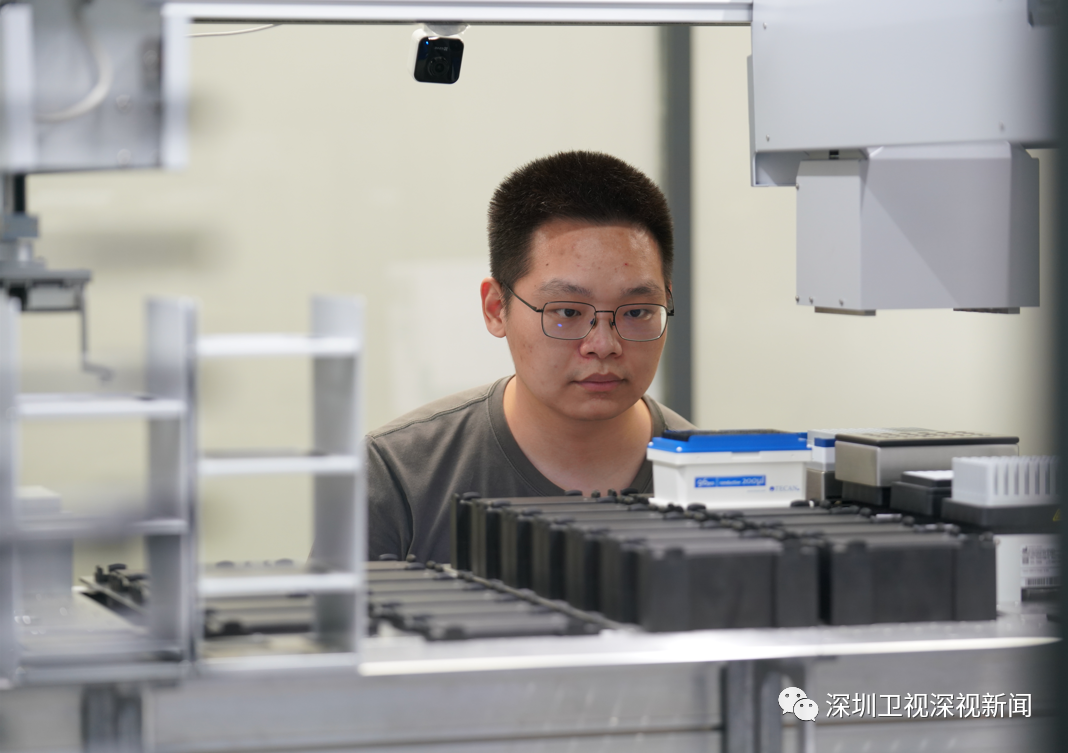
In 2015, Chen Heng was admitted to the Sino-German Smart Manufacturing College of Shenzhen Institute of Technology, specializing in electrical automation and industrial robots. There, he got an early start on PLC programming and robotics, laying a foundation for his later involvement in the Synthetic Biology Infrastructure.
During his school years, Chen represented his school in the "National Intelligent Manufacturing Application Technology Skills Competition: Cutting Intelligent Manufacturing Unit Production and Control Project" and the "Huazhong CNC Cup" for robot adjustment and intelligent processing, securing first place in both.
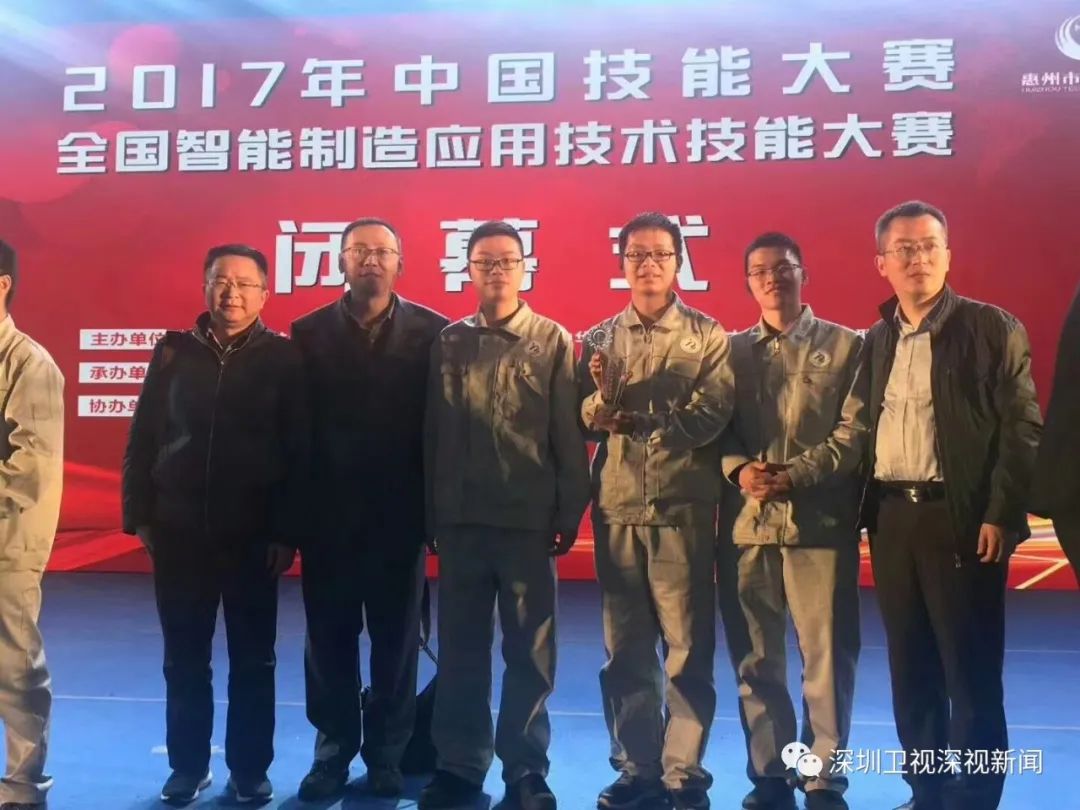
(The third from right is Chen Heng.)
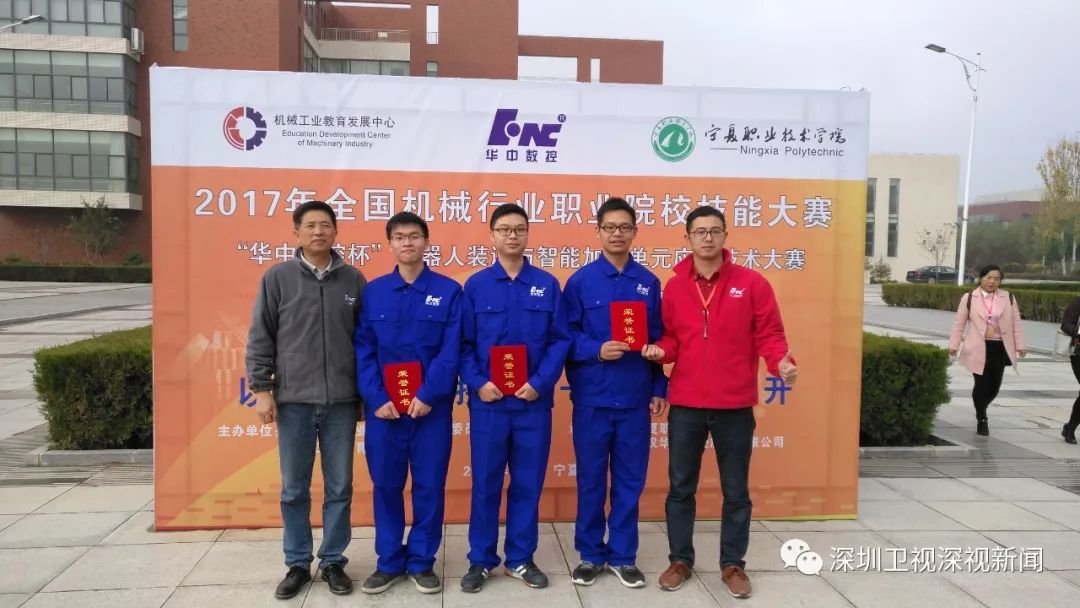
(The second from right is Chen Heng.)
Since I've chosen the electrical industry, why not try more, explore, and see?
"Since I've chosen the electrical industry, why not try more, explore, and see?" After graduating, Chen Heng remained devoted to electrical design.
In April 2020, he joined the Shenzhen Institutes of Advanced Technology, the Chinese Academy of Sciences, and participated in the construction of the Synthetic Biology Infrastructure. As an electrical automation engineer, he took part in building and maintaining the electrical systems for various experimental platforms. Using his expertise, he aided researchers in exploring ways to automate experiments that were previously done manually.
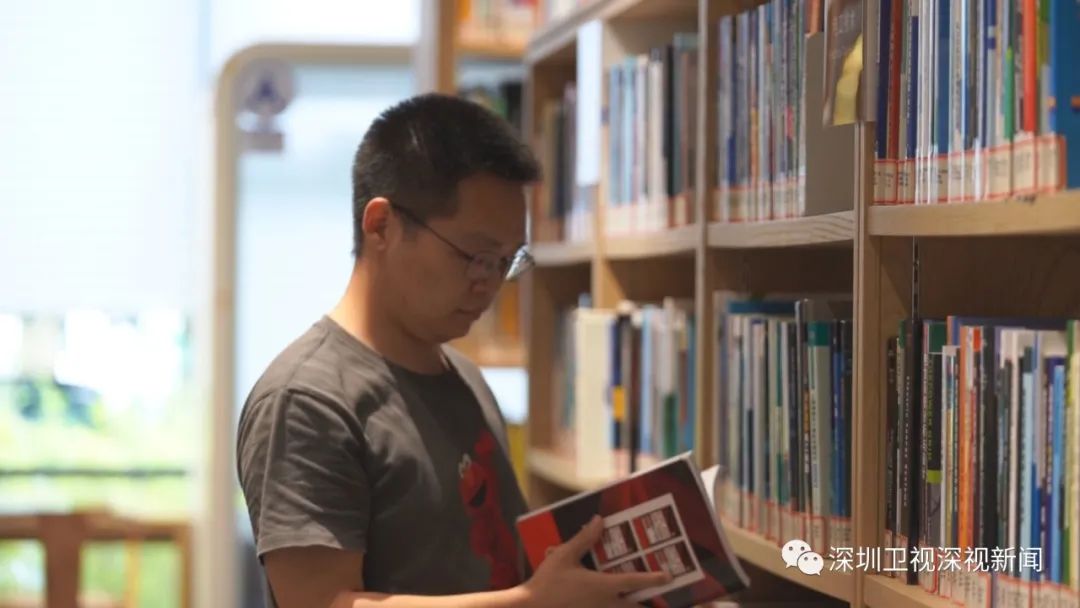
The Synthetic Biology Infrastructure, currently under construction in Guangming Science City, boasts a DNA coating device developed by Chen. This device integrates PLC programming, communication control, and mechanical structures. Through electrical devices to control the movement of mechanical structures, the traditional manual process of DNA coating is now replaced.
With the efforts of engineers like Chen Heng, in the near future, manual experiments will gradually be replaced by robot-automated processes, revolutionizing scientific research.
Researchers can then design experimental procedures via software, and robots will execute them, boosting efficiency and reliability. Thus, researchers will have more time to focus on scientific research.
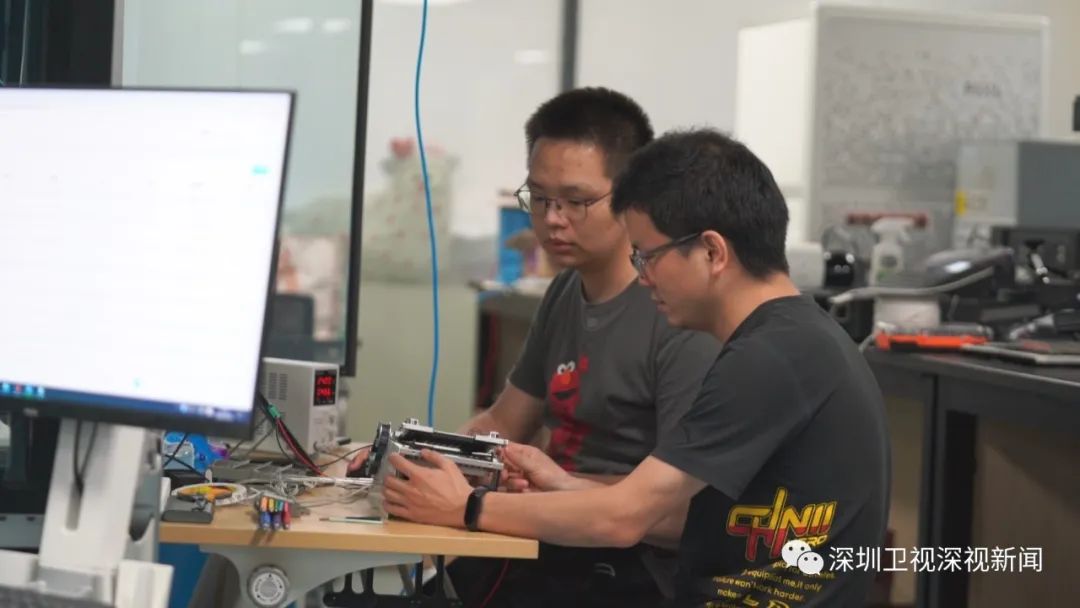
Li Ye, the technical director of Synthetic Bioautomation Integration Team of SIAT, CAS, shared that beneath the vast experimental platform of the infrastructure lies an intricate network of electrical circuits, all handcrafted by technicians like Chen Heng.
The core of the project covers three main sections: the design learning platform, the synthetic testing platform, and the user detection platform.
“My role involves building power supply and electrical controls to meet the requirements of these platforms. Not only do we need to cater to the power needs of various equipment, but we also should design, build, and program the entire electrical automation system for robots. Our expertise in this domain is now well-established,” Chen said.
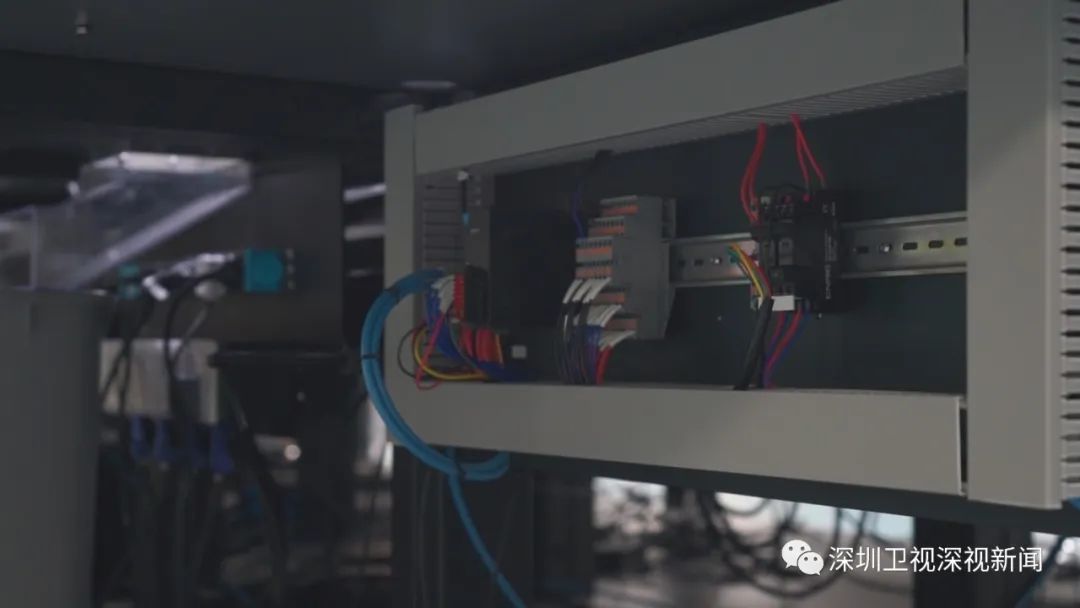
Technology application and scientific research require continuous integration and mutual advancement.
“Many perceive scientific research as distant from the general public. However, it's about using engineering solutions to address and discover problems continually."
Speaking of the relationship between technology and scientific research, Li Ye believes that engineers and researchers must understand and learn from each other. Newly developed technologies should be integrated into research to enhance R&D efficiency. Meanwhile, findings from scientific research can propel technological advancements.
“For example, to debug a robot, I used to only need to fine-tune the set trajectory or paths. But after joining the Shenzhen Institutes of Advanced Technology, I realized that what I needed to work on was an automation platform for flexible manufacturing in synthetic biology. This requires us to learn and design a flexible electrical system to meet the project's regular needs. This places a substantial demand on the skills and capabilities of both individuals and the team, increasing the challenge significantly. " Chen said.
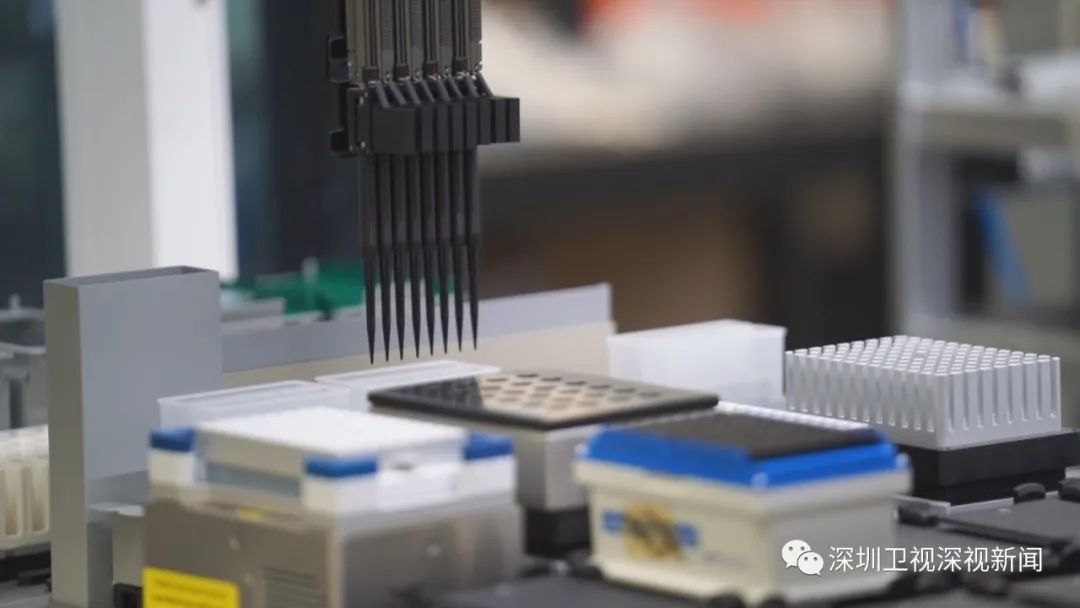
Chen Heng emphasized that the essence of his job revolves around dedication. “Since I have chosen electrical engineering, I need to be unwavering in this direction. I will continuously enhance my skills and overall capabilities, contributing to the development of synthetic biology."
Think independently and design independently, so that we can go from solving one problem to multiple problems. Facing new environments and challenges, Chen’s passion for "electricity” is further fueled. In the upcoming R&D projects, there will undoubtedly be even more sparks of innovation.